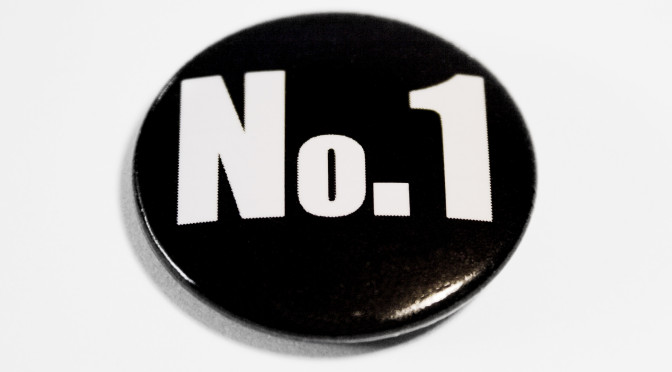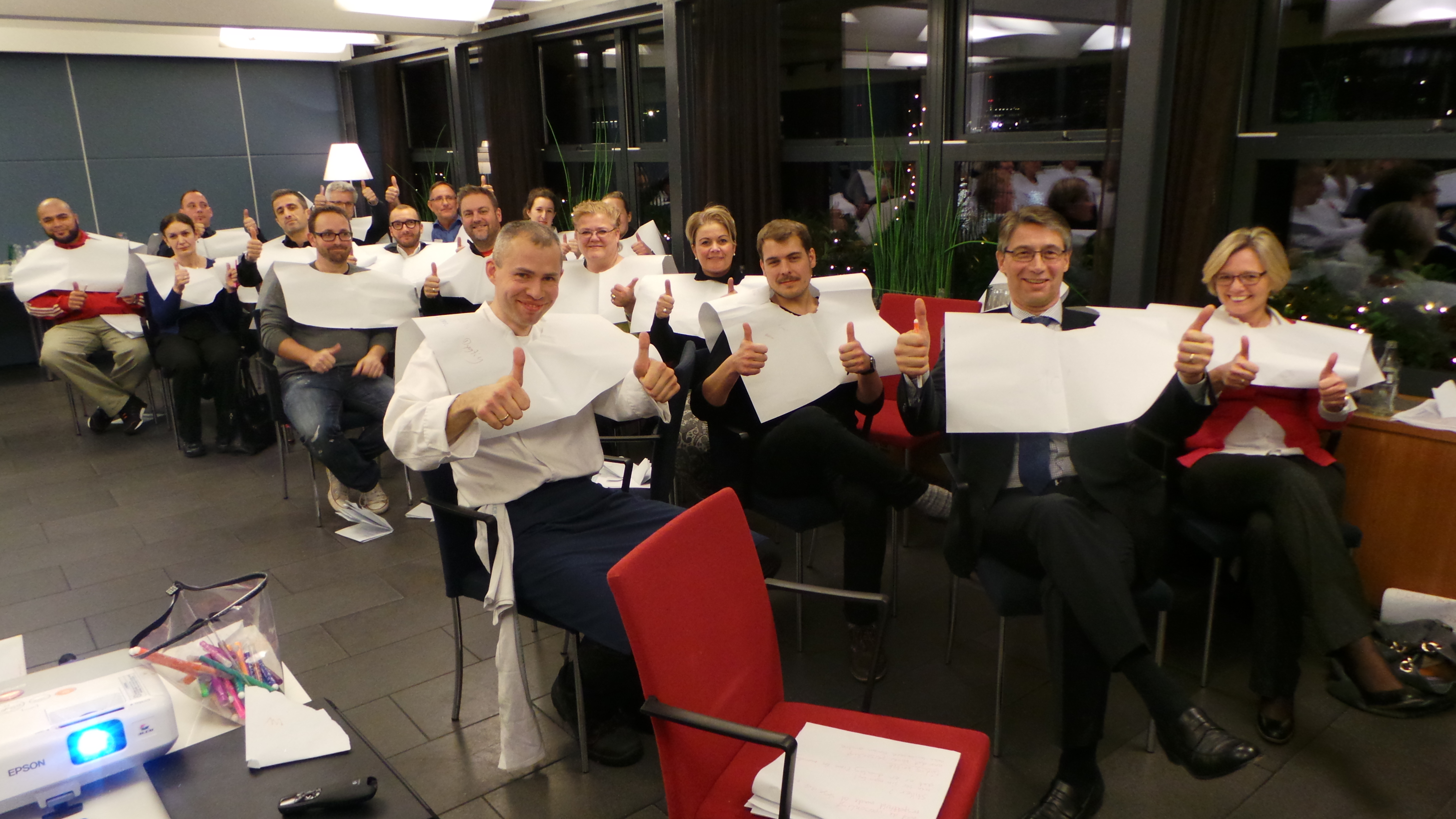One German IT company has come up with the perfect solution to whining in the workplace – it’s made cheerfulness a contractual obligation. What’s more, the CEO has declared that those who don’t measure up to the prescribed level of jollity in the morning should stay at home until they cheer up.
The idea of positive thinking (and therefore banning negativity) is not new, but is affecting us now more than ever – at home and at work. And ironically, its effects are mostly negative. Yes, forced positive thinking makes us less happy.
Positive thinking is a poorly defined concept which at its most extreme says, that in every situation you can choose your own mood and your own reactions. No matter what happens to you, you can always choose a positive attitude.
“Fake it till you make it,” they say, claiming that faking happiness actually makes you happier. Basically, if you don’t feel happy every moment of your life, it’s just your own damn fault for not trying hard enough.
Now, this idea is not completely unfounded. In many situations, you can actually change your mood and outlook through conscious effort. Let’s say you’re stuck in traffic on your way to work. In a situation like that you can probably change your mindset and switch from being annoyed about the delay to a more positive interpretation of the situation. “Great, I have more time to listen to this interesting radio program,” or whatever. Nothing wrong with that.
But the most fanatic proponents of positive thinking (especially fans of The Secret and similar pseudo-scientific nonsense) go much further. They claim that you can always change your thinking in any situation, and that external circumstances don’t matter. No matter what situation you’re in, they say, you can simply choose to be happy.
Tell that to someone who’s seriously ill, who’s just been fired or who is suffering from severe depression. Actually, you should never tell them that, because telling someone in a really rough life situation that they should think more positively is incredibly condescending and a terrible way to trivialize their pain.
You could say I positively hate positive thinking :)
There is nothing wrong with the milder form of positive thinking, but the extreme version is bad for you in life and at work. Here are 5 ways positive thinking screws up our workplaces.
1: Faking emotions at work is stressful
German researchers set up an experiment to test what happens, when we force people to fake being happy at work:
The team set up a fake railway customer complaints call centre and asked 80 university students to take part in experiments while acting as staff. Half of the group were told that they could verbally defend themselves against rude customers, but the other half has to remain friendly and polite at all times.
The volunteers’ heart rates were measured and preliminary results showed that the group that was allowed to verbally defend themselves had only a slightly increased heart rate. But the heart rates of the group who stayed polite shot up and continued to beat at a noticeably greater rate long after they had ended their telephone calls.
Professor Zapf said, “Based on previous stress research, we know an increased heart rate can lead to cardiovascular problems and is a clear indicator of a higher psychological workload. It’s about time we did away with the concept that the customer is always right and showed more respect for those in customer service jobs.”
“We call this kind of faked emotion ‘emotional dissonance.’ We found that the amount of time actually spent with customers was irrelevant when measuring stress compared to the amount of time workers had to demonstrate emotional dissonance.”
So faking happiness actually makes you less happy and more stressed.
2: Positive thinking makes it even worse for people who are unhappy at work
According to the extreme version of positive thinking, if you’re unhappy at work, you’ve only got yourself to blame. It may be that your boss is a jerk, your coworkers bully you and the culture is completely toxic – you should just “have a positive attitude” and “make the best of it”.
So not only are you miserable, but now it’s all your fault. That makes things even worse.
3: Negative emotions are a natural part of work
Here’s a story I once shared from my previous career in IT consulting:
I had a big client in France who couldn’t make up their mind. In every single meeting, the customer changes the specs for the system. First they want this, then they want that. First they want it this way, then that way. Meanwhile, I’m quietly going crazy.
Finally, I lose it in a meeting. They introduce change number 283 (by my loose count), once again going back on what they’ve told me previously, and I snap. I actually pound the table with my fist, snap my folder shut and say through clenched teeth “No. This can’t go on. This system will never get off the ground if you keep changing your mind at every meeting. We need to make decisions and stick to them”.
In this situation I felt AND showed anger – a negative emotion. I could’ve forced myself to be positive in that situation, but it would have been a betrayal of my work and myself and it would have felt even worse. Not only was authentic by being angry, that outburst finally got the client to respect me.
The thing to remember is that negative emotions are not called that because they’re wrong, but simply because they’re unpleasant. Sometimes a negative emotion is exactly the right emotion and if you’re always forcing yourself to be positive you’re being both less authentic and less effective.
When your circumstances are bad, there is nothing wrong with being unhappy; it is only natural. In fact, negative emotions tend to drive us to action more than positive ones, so feeling bad about a bad situations helps you do something about it.
4: Positive thinking can contribute to quelling dissent and ignoring problems in the workplace
Ever heard someone say “In this workplace we don’t have problems, only challenges”?
I hate that phrase with a vengeance, partly because it’s wrong but mostly because it’s so often used to stifle dissent and criticism.
No workplace is perfect. No job is without problems. If we consistently marginalize and criticize people who are unhappy at work by telling them to be positive and never complain, we lose some very valuable voices of reason and realism in the workplace.
5: It doesn’t work
This excellent article from HBR examines the science behind positive thinking and concludes that:
…across dozens of peer-reviewed studies examining the effects of positive visions of the future on people pursuing various kinds of wishes — from health-related, such as losing weight, quitting smoking, or recovering quickly from surgery, to the improvement of professional or academic performance (for example, mid-level managers wishing to reduce job-related stress, graduate students looking for a job, or school children seeking to get good grades) — we’ve consistently found that people who positively fantasize make either the same or less progress in achieving attainable wishes than those who don’t.
So let’s give negativity it’s central place in the workplace – as a perfectly natural, even helpful, state of mind. And that, ironically, will lead to more happiness at work!
Your take
Have you ever felt pressured to be happy at work when you weren’t? What did that do to you? What constructive role do you see negativity play at work? Write a comment, I’d love to hear your take.
A quick note: One thing that often bugs me is that some people confuse positive thinking with positive psychology. We base a lot of our work on positive psychology which is the branch of psychology that studies what makes people thrive and feel happy, where traditional psychology focuses mostly on mental illness. The only thing they have in common is the word “positive”.





















